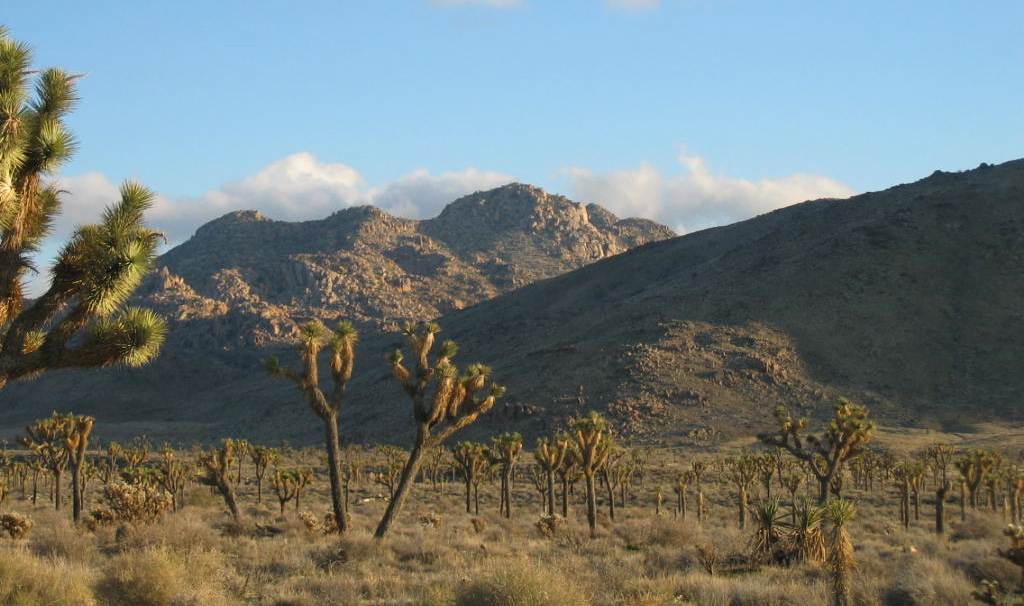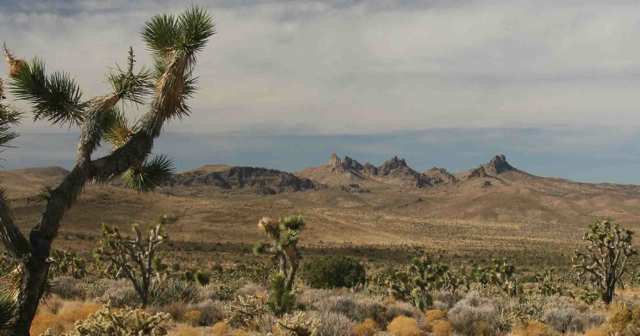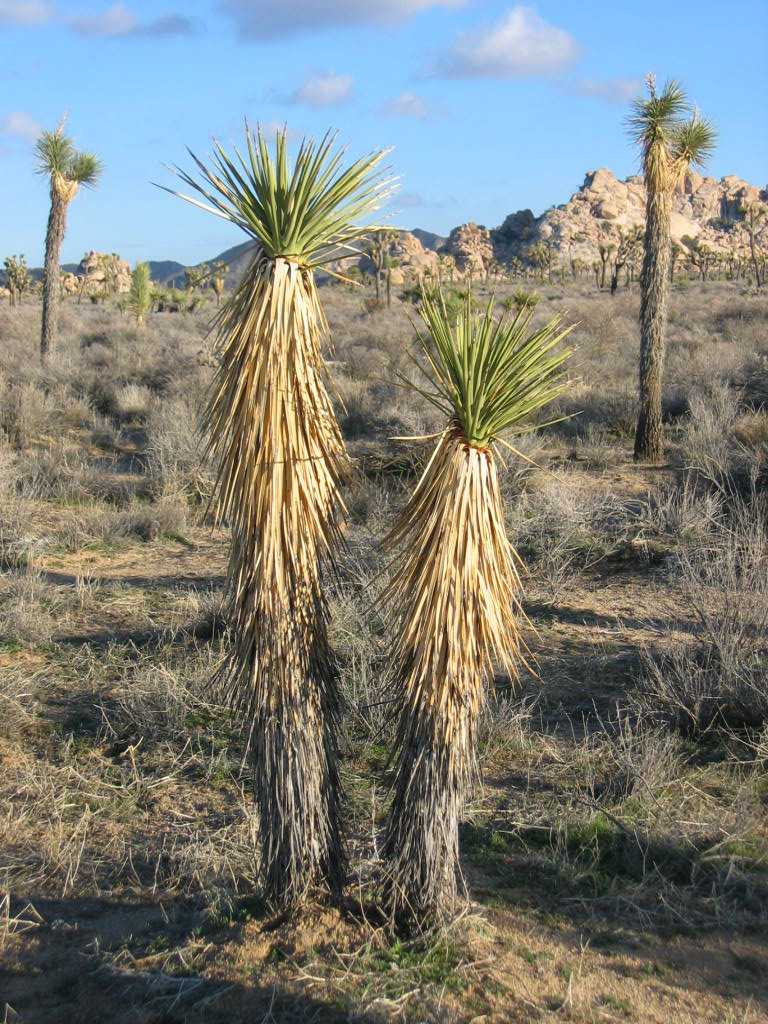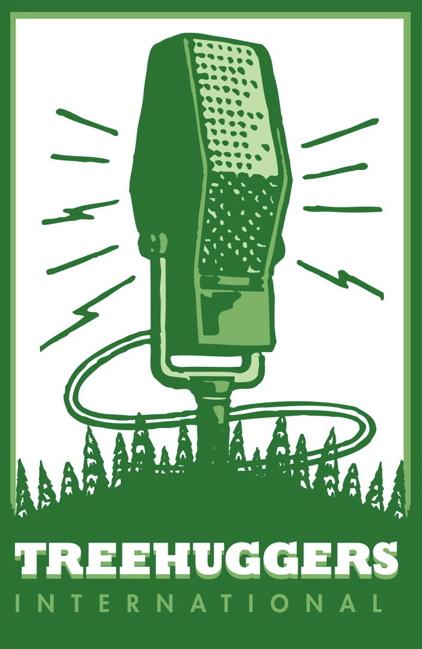The Beating Heart of the Mojave Desert
January 7th, 2013
Podcast: Download (Duration: 32:45 — 45.0MB)
David Lamfrom from the National Parks Conservation Association
We are indebted to David Lamfrom for making the drive from Barstow to be a guest on Treehuggers International, and for his years building consensus and an impressive grassroots coalition for the proposed California Desert Protection Act, currently before Congress in a bill sponsored by Sen. Dianne Feinstein.
A wildlife photographer, biologist, community organizer, and co-author of the book Tortoises Through the Lens: A Visual Exploration of A Mojave Desert Icon, David serves as the California Desert Program Manager for the National Parks Conservation Association’s office in Barstow. He is also the President of the Mojave National Preserve Conservancy.
A native of Florida, David found his calling in the vast expanses, great silence, and star-filled nights of California’s Mojave Desert.
The California Desert Protection Act
If passed, the act will protect over one million acres of the Mojave Desert’s last wild areas, with the creation of two new National Monuments: the Mojave Trails National Monument on former railroad lands adjoining historic U.S. Rt. 66, and the Sand to Snow National Monument, which would include areas from the desert floor of the Coachella Valley to the high country of the San Bernardino Mountains, and extend full environmental protection to pristine areas like Big Morongo Canyon and the Whitewater River watershed.
Five new wilderness areas and several Wild and Scenic River designations are also slated to come into being with the bill, mostly on land currently managed by the Bureau of Land Management. The legislative package also includes plans to add additional, adjacent lands to Joshua Tree and Death Valley National Parks and the Mojave National Preserve, creating a network of newly-protected wildlife corridors unrivaled anywhere in the lower 48 states.
Where the Sun Shines
We at Treehuggers International can’t endorse solar power fast enough. If we’d been around in 1979 when President Carter announced the installation of a new solar-powered hot water heater in the White House, saying he hoped it wouldn’t be an “oddity” in 30 years, we would’ve been in the front row applauding.
Unfortunately, Carter’s solar hot water heater became the oddity he feared just two years later when the Reagan administration tore out the solar panels on the roof of the White House, symbolically spinning the wheels of the nation for another couple of decades until President Obama ordered new solar panels installed during his first term.
As far as solar farms go, there are thousands places in Southern California where industrial-scale solar collection can be developed, other than wild areas of the Mojave Desert currently proposed for wilderness designation.
Already, a deal has been struck to build a massive new solar farm at the base of the Clark Mountain Wilderness Area, forever undoing one of the great wild vistas of the Mojave, while tens of thousands of more accessible “disturbed,” or otherwise altered, locales outside of conservation, recreation, and military areas remain available.
While we enthusiastically applaud the move towards solar energy and green business in the Golden State, until the California Desert Protection Act passes, the piecemeal nibbling away of the Mojave Desert’s last wild, pristine, and undisturbed areas will continue.
Empty Roofs In Sunland
Roofs of warehouses and industrial parks in the Southland already constitute significant wasted space and limitless opportunity for solar collection. If such spaces were used effectively for giant solar collector “farms,” the energy collected would already be in accessible urban areas, thereby undoing the need to construct colossal, eyesore power lines to bring electricity from the backcountry into cities.
Southern California should be leading the world in the development and use of solar technology, and yet, pay a visit to housing tracts in Indio or El Centro and what do you find? Households with summertime electricity bills exceeding $800 dollars a month, all to power air conditioning with electricity generated by either coal or fossil fuel-burning plants, or the one element more scarce in the southwest than anything else: water, in the form of dam-powered hydroelectricity along the Colorado River at Hoover or Glen Canyon dams.

The Mojave Desert’s last wild lands: Only appropriate for solar collection sites?
More about this post at:
- National Parks Conservation Association
- Campaign for the California Desert
- Mojave National Preserve Conservancy
- California Wilderness Coalition
- Senator Dianne Feinstein, press release for California Desert Protection Act
- New National Monument Could Add to Basin’s Scenic Spaces (Yucca Valley Hi-Desert Star; 3/15/12)
- Community Meeting On Desert Protection Act (Joshua Tree Star; 1/17/12)
- Bill to Protect Desert Backed By Once-Fierce Foes (San Francisco Chronicle; 5/1/11)
- Feinstein Reintroduces Mojave Desert Protection Bill (Riverside Press-Enterprise; 1/26/11)
- Bill to Protect California Desert Brought Back to Congress (KCET; 1/25/11)
- A Vote for Desert Protection Is A Vote for Tourism (Palm Springs Desert Sun; 9/22/10)
- The Amargosa (High Country News; 8/27/10)
- Feinstein’s Desert Bill Awaits Debate In Senate Committee (Barstow Desert Dispatch; 7/5/10)
- The Clean, Green Desert (San Francisco Chronicle; 1/25/10)
- Not In Anyone’s Backyard (Newsweek; 1/10/10)
- Green Battles Rages In the Desert (Wall Street Journal; 12/23/09)
- Feinstein Legislation to Establish Two National Monuments In Mojave (Los Angeles Times; 12/21/09)
- California Desert Protection Act of 2010, map of proposed area (Phoenix Sun; 12/21/09)
- California Desert Protection Act: the Maps, maps of proposed area (Desert Blog; 12/21/09)







